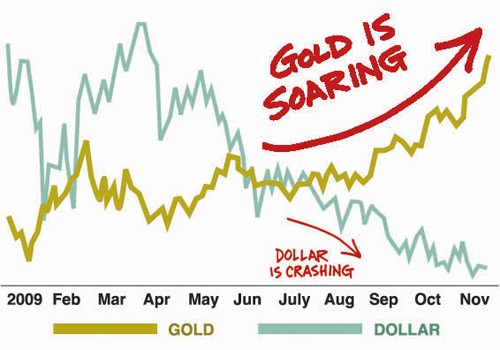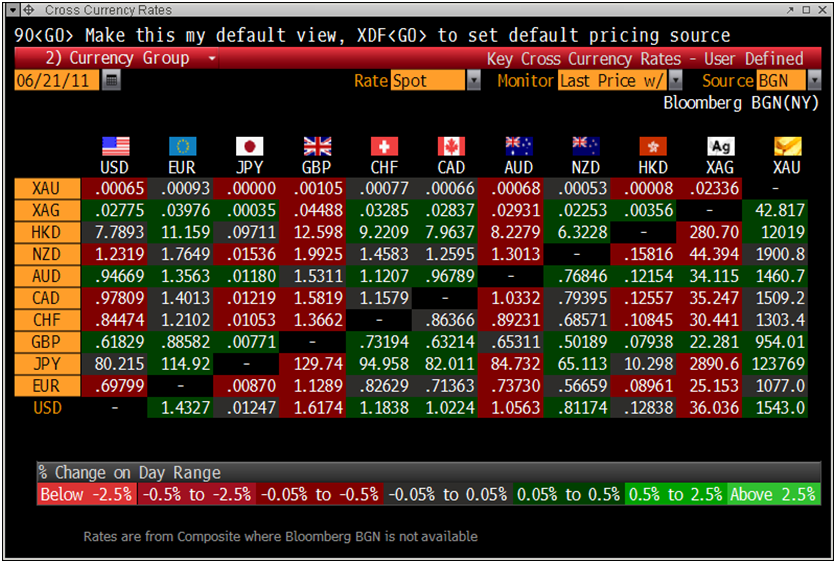Protecting your portfolio from currency devaluation
Post on: 2 Май, 2015 No Comment

Owning a truly globalized portfolio means investing in both developed and emerging markets, but figuring out the right mix gets complicated when you consider currency risk.
In just the past few weeks, a new Japanese stimulus policy that has been easing the relative value of the yen is the latest thing upsetting global trade.
More countries may soon get into the currency devaluation game, too. The Bank of England, in trying to avert another recession, may adopt U.S. Federal Reserve-style quantitative easing policy moves to jump-start the British economy. The pound has already fallen some 3 percent against the dollar in 2013 in anticipation of that move, according to BMO Private Bank.
It is too early to tell how currency battles will play out at a time when slow growth is forecast for most developed countries. The United States is struggling to revive employment. Japan is trying to climb out of a slump that has lasted more than a decade. The euro zone, mired in austerity measures, still faces high unemployment.
If you have investments in any of these countries, through country-oriented or trade-specific funds, your returns will depend on how your funds are denominated. If your portfolio is concentrated in U.S. dollar-earning companies, it could lose some value due to exchange rate shifts, while the yen- and pound-denominated stocks could rise in value.
An example of how this plays out is the tug-of-war by the United States, South Korea and Japan over manufacturing. In the last five years, foreign-owned companies have stimulated manufacturing growth in the United States, which has become more attractive because of a Fed-weakened dollar and recovering demand.
South Korea’s Samsung Electronics Co is investing $4 billion to boost production at a semiconductor plant in Texas. Honda Motor Co LTD and Toyota Motor Corp have shifted production from Japan to the United States. Part of the reason is that the dollar has been weakening against the Japanese yen and the South Korean won.
Japan, for one, wants some of this back. With the arrival of the nation’s new growth-focused government, a currency devaluation policy might shift more manufacturing back home.
According to BMO Private Bank, a new anti-deflation policy has already resulted in a lower yen and higher Japanese stock prices. The yen has declined some 30 percent against the euro in the last 90 days. The Japanese stock market rose 3.7 percent in last month alone, reports S&P Capital IQ.
One way to play foreign exchange battles is to invest in the currencies of strong economies. Every portfolio needs a degree of currency diversification, and some countries can provide a hedge against falling dollar or euro valuations.
Consider the CurrencyShares Australian Dollar Trust, which tracks the price of the Aussie dollar and is up 9 percent for the three years through Jan. 30. Also consider the CurrencyShares Canadian Dollar Trust, which takes a similar strategy and is up 2.4 percent for the period.
Why Australia and Canada? Both are resource-rich and major trading partners with China, which is a big buyer of coal, aluminum, gas, wheat and iron ore. Because they also have relatively healthy economies with low debt, they should do well if emerging markets continue to outpace the developed world in growth.
Overall, though, it often makes more sense to hedge currency fluctuation by placing a steady percentage of your portfolio in emerging markets, because currency battles are difficult to follow.
Stock markets in the largest developing countries stayed in rebound mode in January, continuing a trend that began last year after they had lost ground in 2011.
Chinese stocks, as tracked by the iShares FTSE China 25 Index fund, climbed 19 percent last year after losing 17 percent in 2011.
Indian stocks in the WisdomTree India Earnings Fund gained 25 percent in 2012 after losing 40 percent the previous year. The Market Vectors Russia Fund rose 15 percent last year, compared with a 28 percent loss in 2011. The Mexican stock market, as measured by the IPC Index, rose 18 percent last year after a nearly 4 percent dip in 2011.

By comparison, Japan’s Nikkei Index is up 7.3 percent so far this year. While that is a healthy short-term jump, the index is still down more than 25 percent from its five-year high set in 2008.
If North American economies keep recovering and the euro zone can eke out some growth, the emerging markets will keep benefiting, too.
Several large exchange-traded funds invest in emerging markets, and they will give you some currency-hedging ability because foreign stocks are denominated in local currencies.
Three stand out:
1. The iShares MSCI Emerging Markets Index ETF holds a sampling of stocks from Asia and South America. Its largest holding at the end of last year was Samsung Electronics, and almost one quarter of its portfolio was in financial services. It rose 19 percent last year.
2. The WisdomTree Emerging Markets Equity Income Fund is another option, only with a focus on dividend-producing stocks. It was up 6.6 percent for the year ended Jan. 30.
3. The Vanguard FTSE Emerging Markets ETF, which rose 19 percent last year, is similar to the iShares fund, but linked to a slightly different index. The major difference between the funds is that Vanguard’s annual expense ratio is significantly lower 0.20 percent than iShares’ 0.69 percent.
When crafting a diversification strategy, do not forget that globalization has a dark side. If the U.S. economy shrinks due to massive budget cuts or a slowdown, or there are more potholes in the road to European recovery, emerging markets will suffer.














